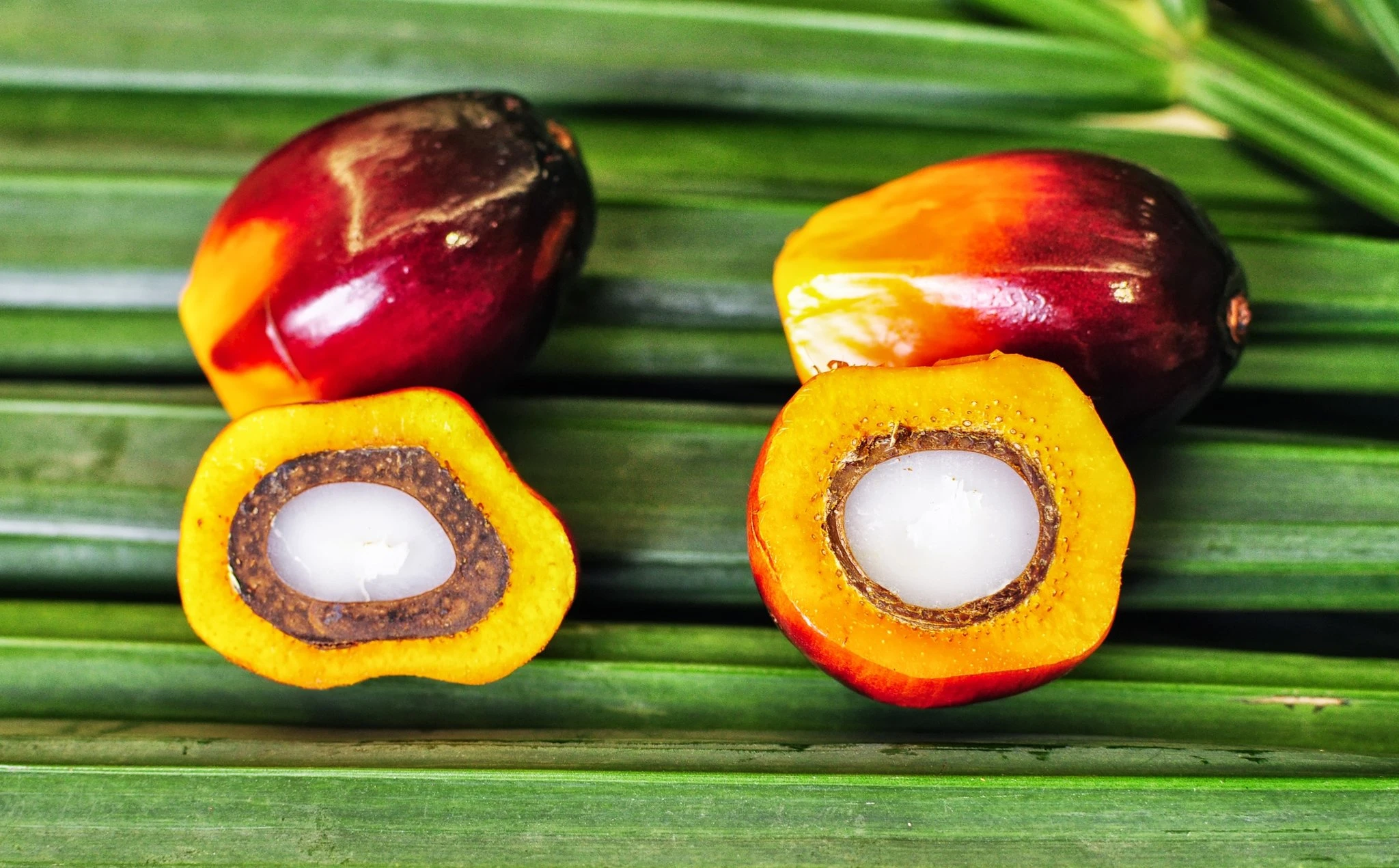
Oilpalm /油棕
Taxonomy: Angiosperms / Monocots / Commelinids /Arecales /Arecaceae/Arecoideae/Cocoseae/Elaeis
Introduction
1. Since palm oil contains more saturated fats than oils made from canola, corn, linseed, soybeans, safflower, and sunflowers, it can withstand extreme deep-frying heat and resists oxidation
2. It contains no trans fat, and its use in food has increased as food-labelling laws have changed to specify trans fat content.
3. Human use of oil palms may date back to about 5,000 years in coastal west Africa.
4. Elaeis guineensis is now extensively cultivated in tropical countries outside Africa, particularly Malaysia and Indonesia which together produce most of the world supply.
5. Palm oil is typically considered the most controversial of the cooking oils - for both health and environmental reasons.
Genomic Version Information
Elaeis guineensis EGPMv6
Genome Overview
Oil palm (Elaeis guineensis Jacq.) is the most traded crop among the economically important palm species. Here, we report an extended version genome of E. guineensis that is 1.2 Gb in length, an improvement of the physical genome coverage to 79% from the previous 43%. The improvement was made by assigning an additional 1968 originally unplaced scaffolds that were available publicly into the physical genome. By integrating three ultra-dense linkage maps and using them to place genomic scaffolds, the 16 pseudomolecules were extended. As we show, the improved genome has enhanced the mapping resolution for genome-wide association studies (GWAS) and permitted further identification of candidate genes/protein-coding regions (CDSs) and any non-coding RNA that may be associated with them for further studies. We then employed the new physical map in a comparative genomics study against two other agriculturally and economically important palm species—date palm (Phoenix dactylifera L.) and coconut palm (Cocos nucifera L.)—confirming the high level of conserved synteny among these palm species. We also used the improved oil palm genome assembly version as a palm genome reference to extend the date palm physical map. The improved genome of oil palm will enable molecular breeding approaches to expedite crop improvement, especially in the largest subfamily of Arecoideae, which consists of 107 species belonging to Arecaceae.
Genome Information
| Genome size | 1.2Gb |
| Total ungapped length | 841.5Mb |
| Number of chromosomes | 16 |
| Number of scaffolds | 165 |
| Scaffold N50 | 76.2 Mb |
| Scaffold L50 | 7 |
| Number of contigs | 126,899 |
| Contig N50 | 12.4 kb |
| Contig L50 | 18,788 |
| GC percent | 37 |
| Genome coverage | 16.0x |
| Genome coverage | 16.0x |
Reference Publication(s)
Ong AL et al., "An Improved Oil Palm Genome Assembly as a Valuable Resource for Crop Improvement and Comparative Genomics in the Arecoideae Subfamily.", Plants (Basel), 2020 Nov 3;9(11)DOI: 10.3390/plants9111476